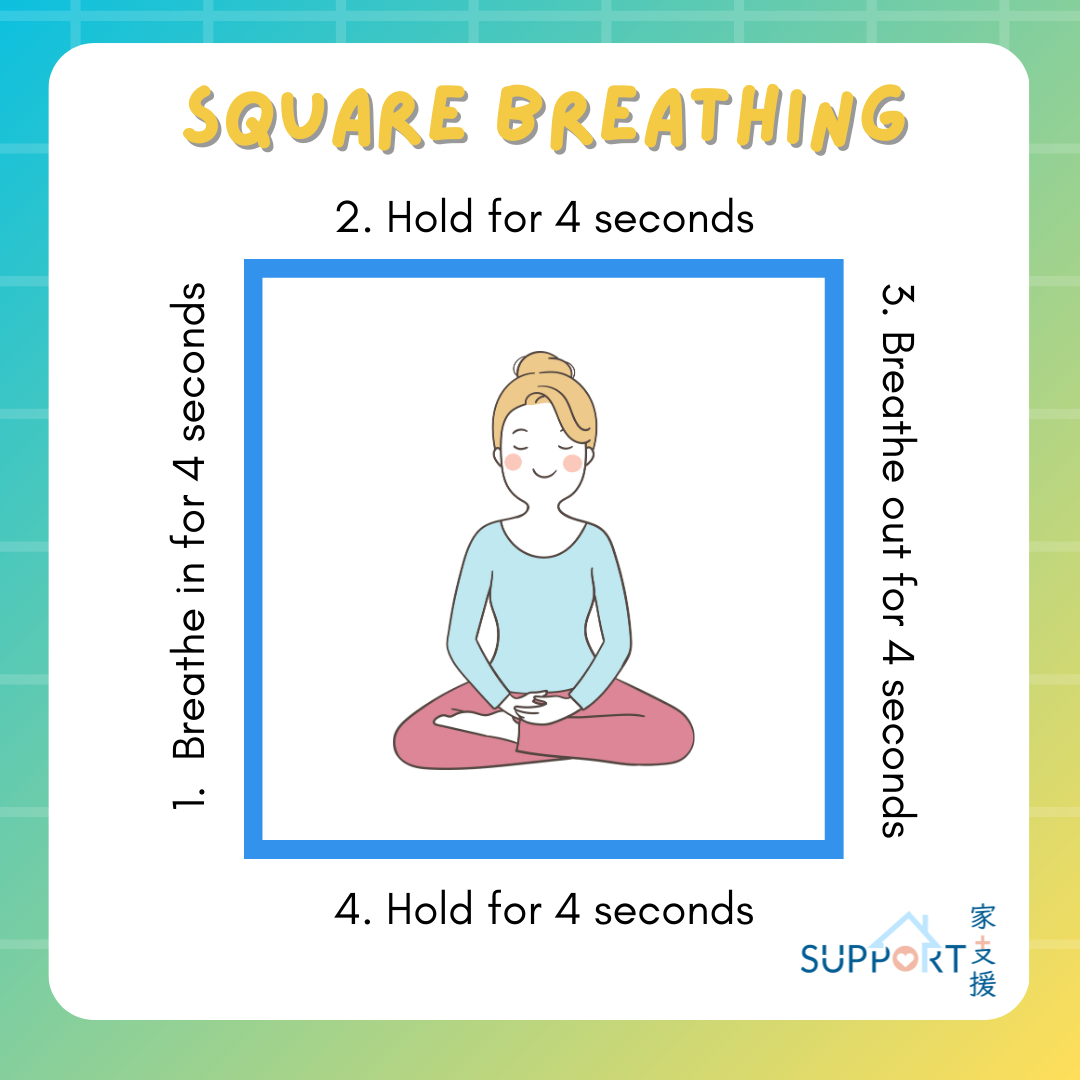How to do the 4-4-4 breathing technique?
The 4-4-4 breathing technique, also known as "box breathing" or "square breathing", is a simple breathing method that is suitable for everyone. When facing stress, this breathing technique can help relieve stress and improve focus and concentration.
The four steps of the 4-4-4 breathing technique

Step 1: Close your eyes and slowly breathe in. Count from one to four for four seconds. Feel the air slowly entering your lungs.
Step 2: Hold your breath for 4 seconds. Avoid inhaling or exhaling for 4 seconds.
Step 3: Slowly exhale through your mouth for 4 seconds.
Step 4: Repeat steps 1 to 3. Usually, repeating these steps for a total 4 minutes already have a calming effect.
Try to repeat this breathing exercise as much as possible. Moreover, you can try taking deep breathing for 30 seconds before this 4-4-4 breathing technique. You will feel even more relaxed.
Benefits of the 4-4-4 breathing technique
- Regulating body temperature and blood pressure
- Calming and relaxing your body: Slowly holding your breath allows carbon dioxide to accumulate in the blood. This will enhance the inhibitory response of the vagus nerve (i.e. the brain nerve) to the heart and stimulate the parasympathetic nervous system, creating a sense of calm and relaxation.
- Relieving stress and improving your mood: This breathing exercise helps to treat emotional disorders such as generalized anxiety disorder (GAD), panic disorder, post-traumatic stress disorder (PTSD), and depression.
- Improving sleep: Calming the nervous system before bedtime can improve sleep quality.
- Relieving pain
▶️ 放鬆一下 Square Breathing Technique (Chinese version only)

Special thanks to Ms. Elkie Yu-Kiu Chan (Class M25), medical student of Li Ka Shing Faculty of Medicine, the University of Hong Kong, and Dr. Wendy Wing-Lok Chan, Department of Clinical Oncology, the University of Hong Kong for authoring and editing this article.
Last updated on 3 Apr 2024.




